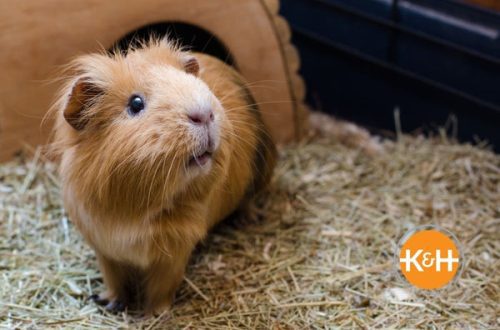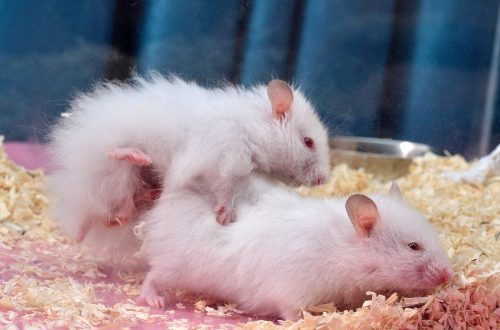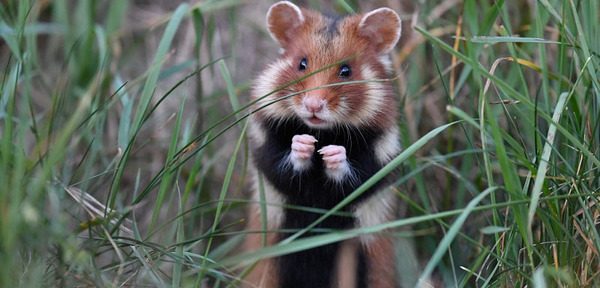
Common hamster karbysh

The Karbysh animal is the largest in its subfamily. This mammal is the only representative of the genus of true hamsters of the rodent order. The common karbysh hamster is very aggressive, and its distribution area is very wide.
Contents
Description of the signs of a common hamster
Karbyshi are rather large hamsters. An adult grows in length up to 32-34 centimeters. The weight of an adult is 600-700 grams. Their tail is thick, covered with small hairs, tapers towards the end, its length is from 3 to 8 cm.
Unlike domestic hamsters, karbysh ears are short and small, with small dark hairs on the surface. The muzzle is slightly elongated. Paws are wide, strong fingers end in sharp claws.
The coat of the animal is soft, very thick, with a very bright color. On the belly, the color of the hairs is black, on the back and head – brown or ocher (reddish). There are two light spots on the sides in the area of the front paws. There are also similar markings behind the ears and sometimes behind the shoulder blades.
Video: black karbysh hamster
Karbysh also has another color – completely black, while there may be white spots on the neck and paws.
Animals living in the north have a darker color than individuals that live in the southern regions.
Lifestyle and nutrition of the common hamster
An ordinary hamster (some call it a garden hamster) prefers forest-steppes or herbs, and more often chooses an area with a high humidity index. In the southern regions, it can be found on the banks of rivers. Also, animals can climb mountains, and they rise either to a forest area or to mountain meadows.
Karbyshs love areas cultivated by man. Often settled on plowed and sown with cereals fields, in parks, vegetable gardens, garden plots. Animals prefer more dense soil than loose and sandy.
Karbyshi are active mainly at night. The burrows in which they live are very deep: they reach 5 meters in length, and up to one and a half meters in depth, with 2-5 exits. Inside there are several compartments: pantries for supplies and nesting. Karbysh are loners, they violently expel other hamsters from their territory.
The usual diet of the animal is quite extensive:
- vegetable feed in priority: cereals (oats, barley, wheat, etc.), root crops (potatoes, carrots), seeds, legumes, corn, grass;
- insect larvae and adults;
- small vertebrates (frogs, lizards, snakes, mice).
For the winter, karbyshs prepare a large amount of supplies: up to 16 kg. They carry food into the hole in their cheek pouches, and the hamsters lay out the grain separately, without mixing the types of cereals.
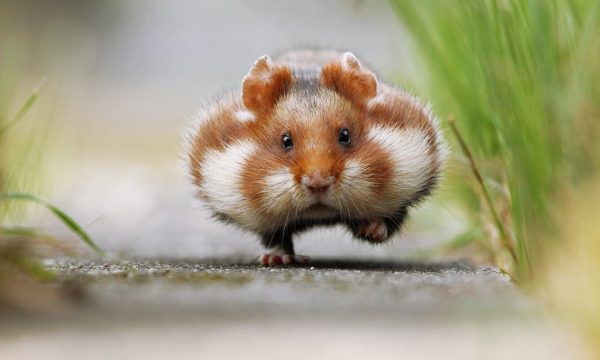
INTERESTING! The lifespan of a karbysh in the wild is 4 years. In captivity, a common hamster can live up to 6 years.
Karbysh are known to be excellent swimmers. For the winter (from the end of October) it goes into incomplete (intermittent) hibernation. They begin to emerge from their burrows to the surface after the appearance of the first thawed patches.
Reproduction of the common hamster
The karbysh animal actively breeds in the spring and summer months: from April to August. During the season, the female brings up to 3 litters. The animals are ready for mating already in 90-120 days (3-4 months). In one nest, there can be up to 20-25 cubs, but on average, one female brings 10-14 cubs.
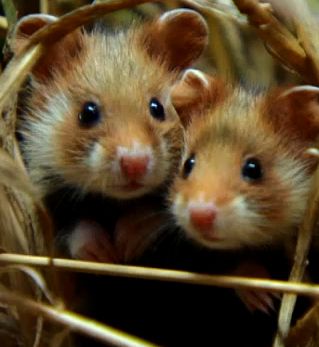
Where does the wild hamster karbysh live
This animal is found in forest and forb steppes. In Russia, the border of its habitat stretches from the city of Smolensk to the northern part of the Perm Territory. Then it stretches through Yekaterinburg to Krasnoyarsk, crossing the Ob and Irtysh rivers.
In the south, the boundary of the karbysh habitat stretches along the coast of the Azov and Black Seas, then passes to the western Ciscaucasia, crosses the Volga River and goes to Kazakhstan. The region also covers the Tien Shan (eastern and northern regions), the Alakol and Zaisan basins, and closes on the right bank of the Yenisei River, passing before that along the border of the western Altai.
Conservation status of karbysh
The wild hamster is protected in the following countries:
- Poland;
- Germany;
- Netherlands;
- France;
- Belgium;
- Belarus;
- Ukraine.
INTERESTING! Over the past 20 years, the number of karbysh has declined. On the territory of Russia, the rodent is protected only in 5 regions. However, in Siberia and Kazakhstan, the number remains the same.
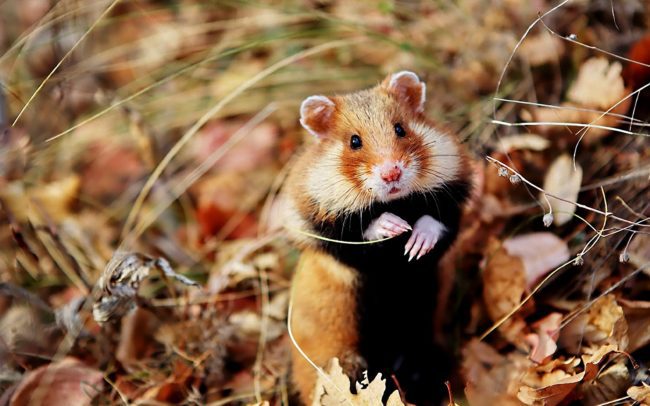
What harm garden hamsters to humans
Wild karbysh cause significant damage to agriculture. They rapidly destroy not only ripe root crops, but also seedlings. In summer, the animals actively eat pumpkin, carrots, beets, and zucchini. They also destroy garlic and onions.
Due to their fecundity, they quickly spread throughout the territory. Wild karbysh adapt perfectly to any conditions, so getting rid of them is quite difficult.
Many gardeners note that these animals are very aggressive: they violently attack anyone who seems dangerous to him.
For karbysh, it doesn’t matter what size the enemy is, they can pounce on both small animals and large dogs and even humans. These animals carry many diseases that are dangerous for farm animals.
Not everyone knows who karbyshi are and what they look like. However, any owner of a personal subsidiary plot needs to have an idea about the appearance of these animals. This little beast causes a lot of trouble for farmers, especially during the period of active stockpiling for the winter.
You may be interested to know about such unusual breeds of hamsters as grasshopper hamster and Chinese hamster.
Hamster ordinary (karbysh)
3.1 (61.82%) 11 votes



